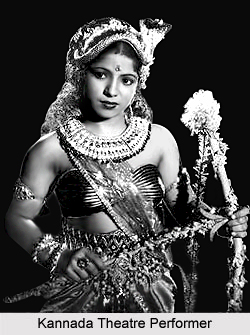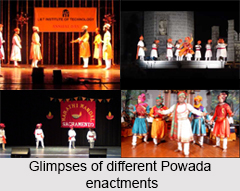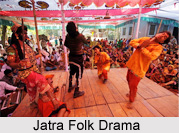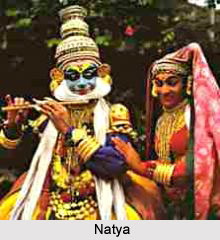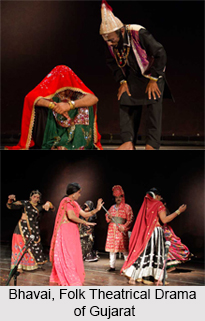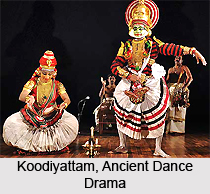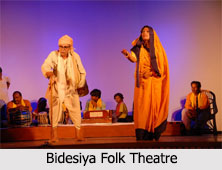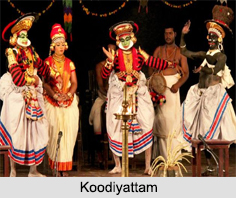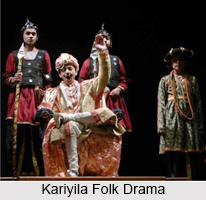Sattaka is a theatre form which falls under uparupaka. Uparupaka is a form of Sanskrit theatre. The dramas written in Prakrit are called `Sattaka`. Abhinavagupta (10th century A.D.), who was the commentator of Natyashhtra, first described the term sattaka and put it nearer to `natika`.
Meaning of Sattaka
Different scholars define Sattaka`s etymology differently. According to the Kavyanushasana of Hemachandra (12th century), sattaka is monolingual, i.e. composed in a single language. A. N. Upadhye derives it from sa and atta i.e. `drama or dance`, a word of Dravidian origin` and ka. Thus, he understands it as `a dramatic representation accompanied by dance`. On the contrary, N. G. Guru interprets the word from the Sanskrit root sat, meaning to show, display or manifest. Thus it means `a kind of spectacle, a show, a display`, wherein dancing predominated rather than dialogue as in a nataka. Both agree on the nature of sattaka as a minor play abounding in dance and music.
On the other hand, Visvanatha`s Sahityadarpana i.e. `Mirror of Literature` in fourteenth century describes it as drama with a Prakrit text and also without pravesaka or vishkambhaka. Adbhuta or marvelous rasa prevails in it. Rajasekhara`s Karpuramanjari i.e. `Camphor Blossoms` in tenth century is the best known example.
According to Sharadatanaya (12th-13th century) sattaka is a kind of natika which is based on dance. Rajashekhara (10th century A.D.) the author of the Karpuramanjari has considered it like natika. The Karpuramanjari is the earliest known sattaka, in which the definition of this play-type is available. He has also stated that this drama does not possess the interludes, like praveshaka and viskambhaka and anka (act). It is a Prakrit composition, containing mostly musical and dance items. The whole action is not divided into Acts (ankas), but into four pauses indicated by the intervention of the curtain called `yavanika` and hence the Act (anka) of sattaka is called `yavanikantara`.
The sattaka is full of sentiment of wonder (adbhuta). Generally, the name of sattaka is given on the name of the heroine. Rajashekhara has called it `pauiabhandha paabandha`, it is played through dance.
Following closely the pattern as set by Karpuramanjari, there are generally five other sattakas in prakrit- Rambhamanjari, Chandraleka, Vilasvati, Shringaramanjari and Anandasundari.







